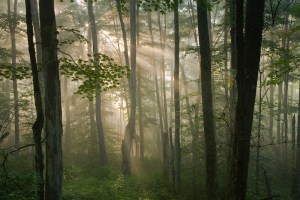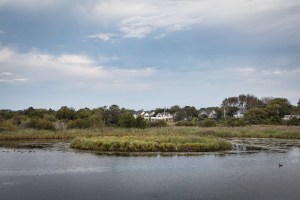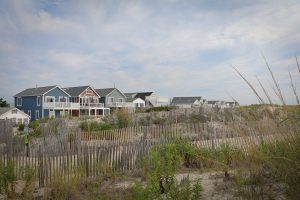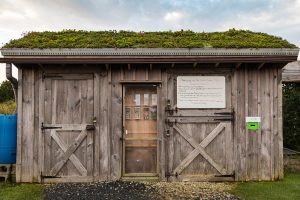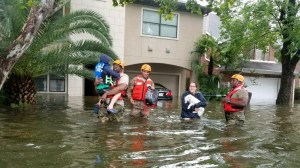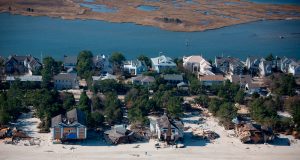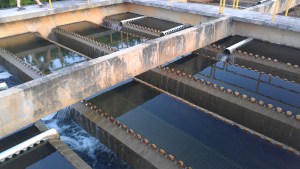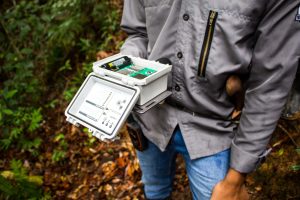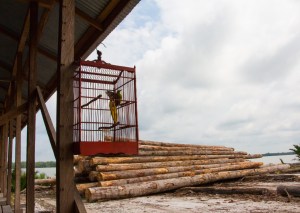Discover stories in Natural Climate Solutions
A (Happy) Climate Change Science Surprise
Conservancy scientists were not surprised that changes in the way California manages its natural and agricultural lands could contribute to meeting the state’s climate change goals. What did surprise them was just how substantial that contribution could be.
New Science Shows Nature’s Potential to Fight Climate Change
New research shows that we have vastly underestimated the potential for nature to fight climate change. Nature isn’t the victim, it’s the solution.
Hurricane Sandy and the Flooding That Wasn’t
Most visitors come her for the warblers, but some come for the weirs.
Saved by Sand Dunes
On the five year anniversary of Hurricane Sandy, a return to the Jersey Shore towns saved by sand dunes.
Give Me Shelter
Our writer is in Cape May during fall migration. She could be birding, so why is she climbing around on a roof without her binoculars instead?
A Tale of Climate Change and Two Cities
While it is almost impossible to attribute an individual event to climate change, the reality is that we live in a climate altered world.
Coastal Wetlands Prevented $625M in Property Damage During Hurricane Sandy
Put a dollar value on it: engineers, ecologists and risk modelers team up to measure the value of coastal wetlands for reducing hurricane risk.
Camboriú Conservation Field Test: How Much Data is Enough?
With a bit of thought and planning, conservation projects should be able to save time and money with lower-resolution data in some cases, and in others identify where the extra cost is important and necessary to make the right decision.
Kids, Drones & Science at the Water’s Edge in Grenada
The future of Grenada is in good hands because kids like this — who can plant mangroves and test water quality without even wrinkling their clothes — kids like this can probably do just about anything.
Bioacoustics Reveal How Biodiversity Changes Across Borneo’s Logged Forests
The Nature Conservancy’s Indonesia program is using bioacoustics — first tested in Papua New Guinea — in Borneo, where they will use forest sounds to understand how biodiversity changes with different land use types across East Kalimantan.
Where Logging Reigns, Going Beyond Sharing vs Sparing
Conservancy scientists and their partners are teasing apart the complexities of the land sharing or sparing question in Berau, Indonesia.
Modeling Logging’s Impacts on Biodiversity & Carbon in a Hypothetical Forest
New research from Nature Conservancy scientists indicates that low-intensity selective logging offers both the best and worst conservation outcomes while maintaining wood production, depending on both land tenure security and the use of certified reduced-impact logging methods.

